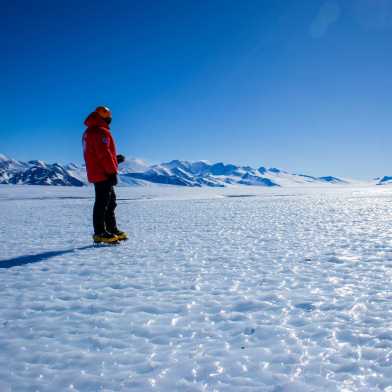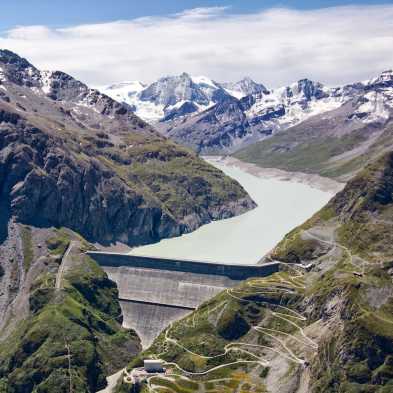April 2024
Research for our glaciers

Professor Daniel Farinotti investigates the evolution of glaciers and the implications for water resources. On the occasion of his promotion to Associate Professor of Glaciology in the Department of Civil, Environmental and Geomatic Engineering, we asked him what currently drives him in research and teaching.
Winter precipitation is the major source of tree transpiration in summer

Interception and evaporation limit the amount of summer precipitation reaching forest soils. As a result, beech and spruce trees are dominantly transpiring precipitation originating from the winter half of the year. Sufficient soil water storage is key during extended summer dry periods.
What can cities do to promote acceptance of densification?

Swiss cities are more likely to accept densification when densification projects provide affordable housing and green spaces compared to densification that is implemented through reduced regulations for housing construction. By prioritizing a socio-ecological densification, extensive planning procedures and delays might be minimized. This is shown in a report from the D-BAUG Chair of Spatial Development and Urban Policy.
Climate change threatens Antarctic meteorites

Antarctica harbours a large concentration of meteorites imbuing the icy continent with an unparalleled wealth of information on our Solar System. However, these precious meteorites are rapidly disappearing from the ice sheet surface due to global warming, according to a new study in Nature Climate Change.
Bike to Work: get on your bike and win

Cycling is good both for you and the environment. And it will particularly pay off in May and June when “Bike to Work” will also be offering attractive prizes for all frequent cyclists to win.
Strengthening Swiss hydropower with science

Researchers at ETH Zurich led by Robert Boes are developing specific solutions to optimise electricity production from Swiss hydropower plants. This will ensure that hydropower remains the backbone of Switzerland’s electricity supply in the future.